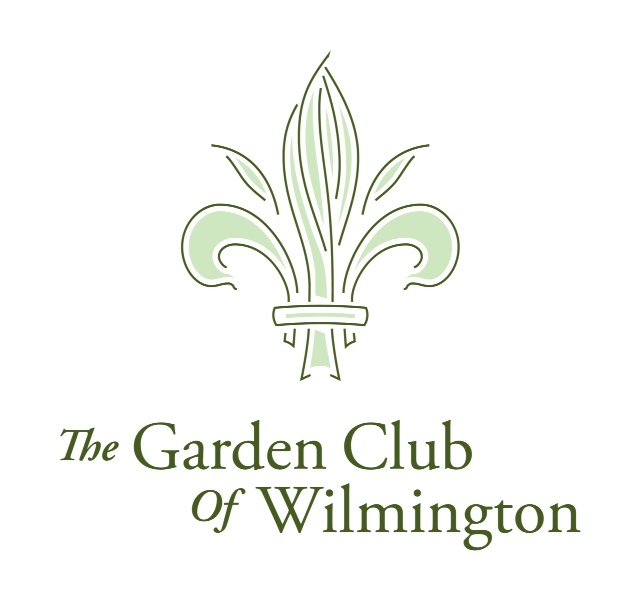Janet and Jeff Crouch do not know which flower or plant may have pushed their longtime next door neighbor over the edge, prompting him to pen complaint after complaint about the state of their yard.
Perhaps it was the scarlet bee balm that drew hummingbirds in darting, whirring droves. Or the swamp milkweed that Monarch butterflies feasted upon before laying their eggs. Or maybe it was the native sunflowers that fed bumblebees and goldfinches.
Photo of Janet and Jeff Crouch by Jason Andrew
Whatever it was, their neighbor’s mounting resentment burst to the fore in the fall of 2017, in the form of a letter from a lawyer for their homeowner association that ordered the Crouches to rip out their native plant beds, and replace them with grass.
The couple were stunned. They’d lived on their quiet cul-de-sac harmoniously with their neighbors for years, and chose native plants to help insects, birds and wildlife thrive. Now the association was telling them that their plantings not only violated the bylaws, but were eyesores that hurt property values. “Your yard is not the place for such a habitat,” the letter read.
The Crouches were given 10 days to convert their front yard into a lawn that looked like everyone else’s. But instead of doing what they were told, the couple fought back, and ended up paving the way for a groundbreaking state law. Lawns continue to polarize Americans, with traditionalists prizing manicured emerald expanses and environmentalists seeing them as ecological deserts that suck up excessive amounts of water and pesticides.
Insect, bird, and wildlife populations are plummeting as a result of human activity, pollution and habitat destruction, prompting scientists to predict mounting mass extinctions in the coming years. According to the National Wildlife Federation, in 2020 there was a 50 percent increase in people creating wildlife gardens certified by the organization. And a growing number of localities and states are enacting pollinator-friendly laws, and in 2020, Taylor Morrison, a major homebuilding company, partnered with the National Wildlife Federation in a plan to plant native species in its communities nationwide. Still, native gardeners wanting to “naturescape” often face pushback from homeowner associations, whose primary interest is to protect home values by ensuring a consistent appearance across property lines. Associations can dictate everything from house paint colors to the location of driveway basketball hoops.
But in Maryland, homeowner associations can no longer force residents to have lawns, thanks to the Crouches.
The couple moved to Beech Creek, a clutch of homes bordering Columbia’s Cedar Lane Park, in 1999. Shortly afterward, they stopped using fertilizers and pesticides, a decision that they say deepened their connection with their modest plot of land, which backs onto some woods.
“At the urging of Mrs. Crouch’s sister, Nancy Lawson, a native plant proponent known as the Humane Gardener, the couple began adding indigenous and pollinator-friendly plants: coneflowers, cardinal flowers and phlox that drew little winged creatures. After work, Mr. Crouch, a clinical social worker, would wander the garden to see how the plants were doing, and offered flowers to kids who stopped to admire it.
In September 2017, the homeowner association sent the Crouches a letter saying their yard was in need of seasonal maintenance, which the Crouches said they heeded. Two months later, a cease and desist letter from the homeowner association’s lawyers arrived. If they didn’t change their yard back to a “neat, clean” lawn, the lawyer for the association wrote, the Crouches could face fines or worse.
Photo by Jason Andrew
Lawns make up one-third of the country’s 135 million acres of residential landscaping, according to the ecologist Douglas W. Tallamy, who calls the velvety carpeting of bluegrass or ryegrass “ecological dead zones.”
Dr. Tallamy, whose book, “Nature’s Best Hope,” urges homeowner to change their yards into conservation corridors, said that because so much property in the United States is privately owned — as much as 78 percent — owners had to be enlisted to grow native plants that support biodiversity. “This idea that humans and nature cannot coexist is destroying the entire planet, which in turn is destroying humans,” Dr. Tallamy said. “The only way forward is to coexist.” For the Crouches, giving in was not an option. They hired a lawyer and contacted every wildlife and environmental group they could think of, along with local legislators. After a year and a half, still at an impasse with the homeowner association and fearful that one day they’d come home to find their garden mowed down, they filed a complaint in Howard County Circuit Court. A chief claim was that in 2011 they’d been told there was no issue with their gardens, and also that before 2017, they’d received no violations for their yard despite regular inspections.
“The overall principles are bigger than us,” Mrs. Crouch said. “We had an opportunity and even an obligation to see it through as best we could.”
Two months after the Crouches filed their complaint, a Maryland state representative asked if they would allow their case to form the basis of a new environmental law. The Maryland law was the first in the country to limit homeowner association control over eco-friendly yards, said Mary Catherine Cochran, former legislative director for Maryland State Delegate Terri L. Hill, a Democrat who co-sponsored the legislation. The measure gained bipartisan support, passed with near unanimity, and became law in October 2021. The complete article by Cara Buckley including photographs by Jason Andrew was published in New York Times, December 14.


